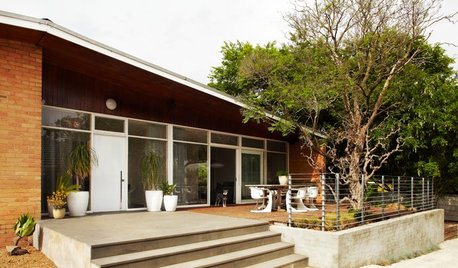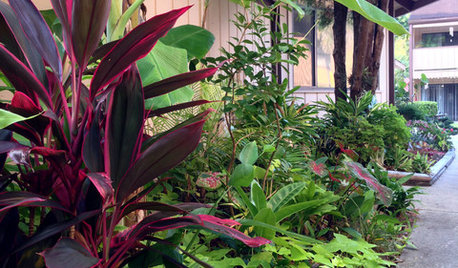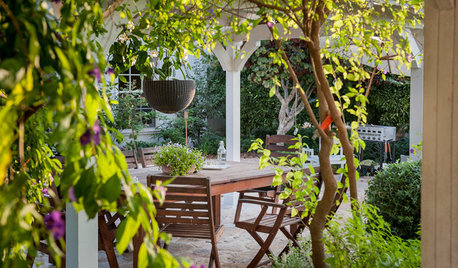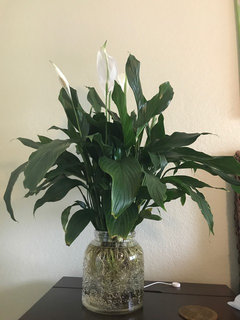Why do Peace Lily sag over time? Remedy?
jala4260
11 years ago
Featured Answer
Comments (14)
dellis326 (Danny)
11 years agorhizo_1 (North AL) zone 7
11 years agoRelated Professionals
Maple Heights Landscape Architects & Landscape Designers · Bowie Landscape Contractors · Cliffside Park Landscape Contractors · Damascus Landscape Contractors · Danvers Landscape Contractors · Davidson Landscape Contractors · Deer Park Landscape Contractors · Essex Landscape Contractors · Fuquay-Varina Landscape Contractors · New Baltimore Landscape Contractors · Pahrump Landscape Contractors · Palm Beach Gardens Landscape Contractors · Soddy Daisy Landscape Contractors · Wentzville Landscape Contractors · East Norriton Landscape Contractorsjala4260
11 years agojala4260
11 years agohexalm
11 years agostonesriver
11 years agojala4260
11 years agostonesriver
11 years agoJohnsp
11 years agoHorticultural Help
11 years agomr_subjunctive
11 years agotapla (mid-Michigan, USDA z5b-6a)
11 years agoSandra Sievenpiper
4 years ago
Related Stories

BASEMENTSDesign Workshop: Is It Time to Let Basements Become Extinct?
Costly and often unnecessary, basements may become obsolete — if they aren’t already. Here are responses to every reason to keep them around
Full Story
GARDENING AND LANDSCAPINGTake Back Your Front Yard: 8 Ways to Make It Social
If only trees and squirrels gather in your front yard, you're missing out on valuable socializing space. Here's how to remedy that
Full Story
FEEL-GOOD HOME6 Design Ideas for Happy Pets
Keep your dog or cat feeling safe and in high spirits, and you'll all feel more at peace. Here's how
Full Story
GARDENING GUIDES10 Tips to Start a Garden — Can-Do Ideas for Beginners
Green up your landscape even if you're short on time, money and knowledge, with these manageable steps for first-time gardeners
Full Story
GARDENING GUIDESA Mom, a Garden and a Gift for the Neighbors
Gardening can be therapeutic in unexpected ways. See how one gardener found peace and purpose in a patch of Florida soil
Full Story
HOUSEPLANTSMeet a Houseplant With Excellent Communication Skills
It droops when thirsty, revives quickly and thrives under fluorescents. You may want to hire this hard worker for both home and office
Full Story
LIFE10 Ways to Work Through Grief Triggers During the Holidays
A year after losing her sister, she was facing another holiday. Here’s how one woman learned to find joy again
Full Story
DECORATING STYLESIs Your Home Ready for a 1970s Revival?
Seventies chic is a trend that’s been brewing for some time, but this year it could hit big — with a few modern tweaks
Full Story
ACCESSORIESTo Chop or Not to Chop?
Karate-chopped pillows pop up in design photos all the time — to the delight of some, the dismay of others. Here's why
Full Story
MOST POPULARUnwind With 30 Gorgeous Garden Retreats
Houzz users share their favorite spots for relaxing, meditating and spending time with family and friends
Full Story









dellis326 (Danny)